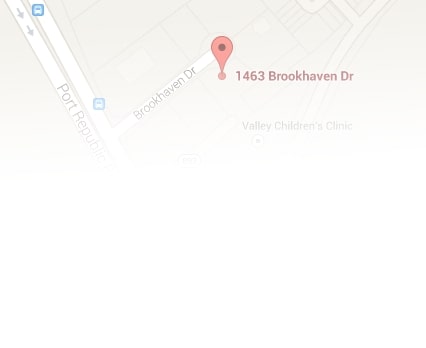There are volumes of local, state, and federal laws, regulations, and ordinances that impact environmental protection. Unfortunately, despite all of the laws and protections that exist, there are still a number of problems that remain due to contaminants such as PCBs. PCBs, or more formally known as Polychlorinated Biphenyls, are a type of artificial, man-made chemicals that exist in our environment even though their manufacturing was banned in 1979.
Environmental protection laws may ban the release of certain substances like PCBs, but the harsh truth is that these harmful substances are found throughout American society today. There are thousands of substances used in modern society. Environmental laws cover only a fraction of them.
Air Pollution
Air pollution is the world’s fourth-largest contributor to early deaths. The 2020 State of Global Air report states that 4.5 million deaths were related to outdoor air pollution in 2019, with another 2.2 million caused by polluted indoor air.
According to the Environmental Protection Agency, PCBs can be present in the air, especially in certain buildings. The EPA sets forth how indoor air samples testing for PCBs should be collected.
Laws regulating US air pollution are primarily designed to protect public health and the environment by controlling emissions from various sources. The the main federal law addressing air pollution is the Clean Air Act, which was first enacted in 1963 and has been amended several times. The Environmental Protection Agency (EPA) is responsible for implementing and enforcing the provisions of the Clean Air Act.
For a legal consultation with a personal injury lawyer, call (434) 817-3100
Water Pollution
PCBs are also known to be present in water. Water pollution can significantly affect the environment and human health. Contaminated water sources can cause many health problems when individuals are exposed to polluted water through consumption, recreational activities, or contact with contaminated substances. Pollution-related health conditions can arise almost immediately after contact or take years of repeated exposure to develop.
Laws covering US water pollution seek to protect water quality, aquatic ecosystems, and public health. Water pollution is an important issue when what’s being discharged directly or indirectly reaches drinking water supplies or sensitive bodies of water. Several federal laws provide a framework for controlling water pollution, and they empower the EPA to establish regulations and oversee enforcement.
Solid Waste Disposal
Studies have shown that PCBs have been found in soil. Their presence is often due to improper or inadequate solid waste disposal practices, which can have significant adverse effects on public health. These PCBs can come from a variety of sources, from factories, industrial run off, incinerators, and other applications.
Failure to properly manage PCBs has result in soil pollution. Solid waste disposal in the US is regulated through a combination of federal, state, and local laws. They are designed to manage and control the generation, handling, transportation, and disposal of solid waste to protect public health and the environment. Enforcement of these laws involves regulatory agencies at the federal, state, and local levels.
These agencies issue permits, conduct inspections, monitor compliance, and may take enforcement actions against violators. Waste management facilities, transporters, and generators must adhere to the applicable regulations to minimize environmental and public health risks associated with solid waste disposal.
Most of us go about our day without much thought to the waste we put into the air, water, and land. Without environmental protection laws, our pollution problems might be too serious to ignore.
If you are facing an injury case that might be related to exposure to PCBs, contact a lawyer from MartinWren, P.C.
Call (434) 817-3100 or complete a Case Evaluation form



